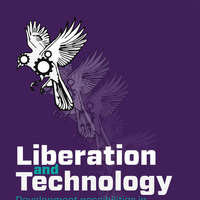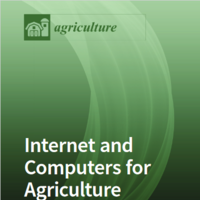Search
Books+
Searching 1,73 books
Search related to the career Land Surveyor
Technology Used by Land Surveyors:
Land surveyors utilize various technologies to accurately measure and map land. These technologies include:
1. Global Positioning System (GPS):
GPS is a satellite-based navigation system that allows surveyors to determine precise positions on the Earth's surface. It provides accurate coordinates, which are crucial for mapping and boundary determination.
2. Total Stations:
Total stations are electronic surveying instruments that combine electronic theodolites (for measuring angles) and electronic distance meters (for measuring distances). They enable surveyors to measure both horizontal and vertical angles, as well as distances with high accuracy.
3. Geographic Information System (GIS):
GIS is a computer-based system used to capture, store, analyze, and display geographic data. Land surveyors use GIS to manage and analyze survey data, create maps, and perform spatial analysis.
4. Remote Sensing:
Remote sensing involves gathering information about the Earth's surface without direct physical contact. Surveyors use techniques such as aerial photography, LiDAR (Light Detection and Ranging), and satellite imagery to collect data for mapping and analysis.
5. Digital Levels:
Digital levels are advanced surveying instruments that measure height differences or elevations. They provide accurate vertical measurements, which are essential for creating topographic maps and determining land contours.
6. 3D Laser Scanning:
Also known as LiDAR scanning, 3D laser scanning uses laser beams to capture detailed information about the shape and features of objects or land surfaces. Surveyors use this technology to create highly accurate 3D models and perform detailed analysis.
7. Computer-Aided Design (CAD) Software:
CAD software is used by land surveyors to process and analyze survey data, create detailed maps, and generate digital drawings. It allows for efficient design and drafting of land-related projects.
8. Drones:
Unmanned aerial vehicles (UAVs), commonly known as drones, are increasingly used in land surveying. Drones equipped with cameras or LiDAR sensors can quickly gather aerial data, capture images, and create high-resolution maps.
These technologies have revolutionized the field of land surveying, enabling surveyors to work more efficiently, accurately, and safely.
Source: Various AI tools
Teknolojia
Books tagged technology
Uhandisi
Books tagged engineering
Computer science
Books tagged Computer Science
Searched in English.



































